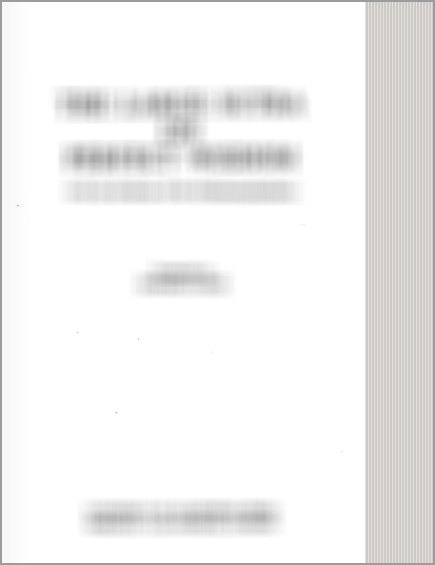Rudra-Shiva concept (Study)
by Maumita Bhattacharjee | 2018 | 54,352 words
This page relates ‘Vajasaneyi-samhita (b): Rudra’s weapons’ of the study on the Rudra-Shiva concept in the Vedic and Puranic literature, starting with the concept of God as contemplated by the Rishis (Vedic sages). These pages further deal with the aspects, legends, iconography and eulology of Rudra-Shiva as found in the Samhitas, Brahamanas, Aranyakas, Upanishads Sutras and Puranas. The final chapters deal with descriptions of his greatness, various incarnations and epithets.
2. Vājasaneyi-saṃhitā (b): Rudra’s weapons
Rudra is the wielder of a sword, a quiver. He is designated as Tīkṣṇeṣu or the possessor of sharp arrows. He is known as Āyudhin or one who is armed with weapons. He is praised as Svāyudha and Sudhanvan.[1]
The term svāyudha and sudhanvan are explained by Mahīdhara respectively as:
śobhanamāyudhaṃ triśūlaṃ yasya sa svāyudhaḥ
And:
From Mahīdhara’s commentary, it is clear that Rudra carries in his hands a beautiful trident and a bow named Pināka. So, he is called Svāyudha and Sudhanvān respectively.
In another commentary of Vājasaneyisaṃhitā, Mahīdhara construes the term āyudha as:
Here, it is mentioned that the name of his bow is Pināka[4] and the thunderbolt is Sṛka.[5] He is holding in his hands thousand shafts.[6]
In the Vājasaneyisaṃhitā, as the lord of cattle Rudra is invoked for the protection of the soma-cow and the soma-cow is addressed as rudrā in the context of the Soma sacrifice.[7]
Footnotes and references:
[1]:
…namo niṣaṅgiṇe ceṣumate ca namastīkṣṇeṣave cāyudhine ca namaḥ svāyudhāya ca sudhanvane ca || Vājasaneyi-saṃhitā, 16.36
[2]:
Mahīdhara, Ibid.
[3]:
Mahīdhara, Ibid., 16.51
[4]:
[5]:
(a)...namaḥ sṛkāyibhyo jighāṅsadbhyo...|| Ibid.,16.21 (b) sṛka iti vajranāma | Mahīdhara, Ibid.
[6]:
sahasrāṇi sahasraśo bāhvostava hetayaḥ | Vājasaneyi-saṃhitā, 16.53
[7]:
...sā devi devamacchehīndrāya somamrudrastvāvartayatu svasti somasakhā punarehi || vasvyasyaditirasyādityāsi rudrāsi candrāsi | bṛhaspatiṣṭvā sumne ramnātu rudro vasubhirācake || Vājasaneyi-saṃhitā, 4.20; 21; Śatapatha-brāhmaṇa, 3.3.1.2
